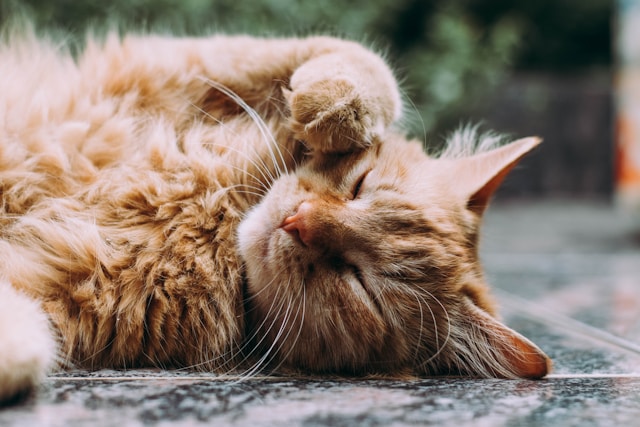Maintaining a healthy, energetic, and content feline friend requires careful selection of cat food. It’s not just about stuffing the food dish but also making sure the meals satisfy your cat’s dietary needs. Knowing what each kind of cat food provides is crucial, given the range of alternatives from dry kibble to wet food and tailored formulations. Since cats are obligate carnivores—that is, their food must be high in protein to fulfill their muscular and metabolic needs. Furthermore influencing the finest meal option are your cat’s age, degree of activity, and any current medical issues.
Knowing Nutritional Value for Best Health
The nutrient content of the food you give your cat will affect its general state of health. Cats have to eat animal protein as their systems cannot break down plant protein. When choosing meals, start with looking for choices that include chicken, turkey, or fish that offer a great source of animal protein first. Muscle upkeep and energy levels depend on proteins, which also serve to keep your cat active and agile. Although in moderate amounts, they are not dangerous, carbohydrates are not essential for cats. The food of a cat should mostly consist of proteins and lipids. An overabundance of carbs could cause diabetes, obesity, and other medical problems.
Dry Cat Food
Because it is cheaper, simpler to store, and lasts longer, many owners still choose dry cat food—also known as kibble. It is also easy to store since it does not need to be kept in a refrigerator like moist food. It also improves dental health as the crunchy texture enables a cat’s teeth to be cleaned, therefore lowering their chance of gum disease and plaque development. Still, not every dry cat food is the same, so you should first think about the quality of the ingredients. The main thing in good dry cat food for cats should be animal proteins, not leftovers or plant-based fillers. Since dry cat food doesn’t have as much water as wet food, it’s important to keep it hydrated. Cats have a small thirst drive because they get most of their water from the food they eat.
Changing Cat Food According to Life Stage
A cat’s dietary needs change as they age, so it is important to choose food that matches their specific stage of life. Kitten food is typically high in calories, protein, and lipids to support rapid growth and development. Adult cats need a balanced diet to maintain their health and weight. Senior cats, especially those over seven, may benefit from formulations with fewer calories but enhanced with vitamins and minerals to support renal function and joint health.
Acknowledging Unique Dietary Requirements
Medical disorders, including allergies, digestive sensitivity, or chronic diseases like diabetes and renal disease, cause certain cats to have unique dietary requirements. Food allergies in cats could call for hypoallergenic formulations, which usually have fresh proteins like duck or venison that are less likely to set off an allergic response. Limited ingredient diets (LID) and readily digested components may assist cats with digestive sensitivity and reduce symptoms like vomiting or diarrhea. Cats with kidney or diabetes issues will need specific veterinary-prescribed diets meant to assist control of their conditions. Low-carb diets that avoid blood sugar increases help diabetic cats; low-phosphorus and low-protein diets help cats with renal problems lessen the load on their kidneys. Selecting the correct diet for your cat depends on knowing its particular health needs.
The Value of Ingredient Clearance
Not every item in pet food is of the same level of quality. So, manufacturers need to be open. The ingredient list included on cat food packaging provides information about food quality. Search for meals with certain kinds of meat (like chicken or salmon) instead of nebulous phrases like “meat byproducts.” Meat byproducts can not have the same nutritional value as whole meat and sometimes use less premium components. Lower-quality cat diets also often have artificial ingredients, preservatives, and colorings. Over time, these substances might compromise your cat’s health and cause allergies or other problems.
Conclusion
Choosing the correct cat food calls for more than simply following the most often-used brand. Keeping your cat in the best health will depend on making sure the nutritional value is balanced, considering life stage demands, and knowing any particular dietary needs. Always carefully review ingredient labels and choose premium goods with obvious and reliable sources. A pillar of your cat’s long-term health and contentment is a proper diet.
